
During the survey, the famtrip team conducted field visits to potential tourism sites, cultural villages in ethnic minority and mountainous areas in the following localities: Tủa Chùa, Tuần Giáo, Mường Ảng, Mường Nhé, Nậm Pồ, Mường Chà, and Mường Lay town.
In Muong Lay town, the delegation stopped at Bac village, Lay Nua commune. This is a resettlement area for the White Thai ethnic community after the construction of the Son La Hydropower Plant, boasting a rich and unique traditional culture. What's impressive about Bac village is the rows of stilt houses along the hydropower reservoir, their winding paths reflecting in the water, creating a unique and poetic beauty. Bac village combines the modern look of urban areas with the distinctive features of traditional villages, making it very attractive to tourists. Furthermore, the village is developing the traditional craft of making "chi chop" and "khau xen" cakes, recognized as OCOP products, bringing economic benefits to the local people. Similarly, Quan Chieng village in Na Lay ward is also mainly inhabited by the White Thai ethnic group, preserving many traditional cultural features such as the Swallowtail Boat Racing Festival, the Kin Pang Then Ceremony, and Thai Xoe dance art. Particularly noteworthy are the traditional stilt houses roofed with natural stone, along with the neat and airy layout along both sides of the lake. The village has many large and beautiful houses suitable for accommodation. The locals are also eager to develop community tourism, and one family already operates a homestay. Both villages in Muong Lay town have the advantage of traditional stilt houses with well-planned layouts, making them ideal for community tourism with homestay services, experiencing local culture, boat trips for fishing, and sightseeing.
Long Village, located in Toa Tinh commune, Tuan Giao district, is about 5km from the old National Highway 6, the route through the old Pha Din Pass. Long Village lies in a relatively isolated valley. It serves as a living space and cultural exchange area for approximately 100 Mong ethnic households. According to our survey, traditional dances and customs are still preserved and passed down. The community still maintains traditional rammed-earth houses. With its inherent natural and cultural values, Long Village has great potential to become a community tourism village. In terms of transportation infrastructure, access to Long Village is relatively convenient as the road from the old National Highway 6 to Long Village, as well as the internal village roads, have all been paved with concrete. This is an ideal condition for tourism development in the future. Furthermore, the main source of income for Long Village remains agriculture , particularly the production of hawthorn and Ngoc Linh ginseng. These products will play a crucial role in building a supply chain of products and services that support the development of tourism in Long Village in the future.
These are just a few surveyed areas with potential for developing suitable tourism products, connecting and forming distinctive tourism programs for ethnic minority and mountainous regions of Dien Bien. Many other locations in districts such as Muong Ang, Tua Chua, Muong Nha, Nam Po, etc., also possess significant tourism potential for future development. However, "awakening" this potential is not simple. First, Dien Bien's road transport system is affected by weather and natural disasters, leading to rapid deterioration. Transportation in remote and isolated communes remains particularly difficult; accommodation facilities still have many shortcomings (small scale, mainly concentrated in Dien Bien Phu City, lacking high-end hotels; accommodation facilities in the districts are limited in both quantity and quality). Furthermore, the food and beverage service system in the districts and towns is relatively limited and has not received sufficient attention or development. There is virtually no system of rest stops in the districts and towns. In reality, the travel distances between tourist routes and destinations are relatively long, and many roads are currently being upgraded and repaired. Therefore, building and developing a system of rest stops is a necessary requirement and a practical issue that localities need to address. Moreover, while entertainment services have been invested in through socialized capital, the quality of these facilities remains low, lacking professionalism, thus hindering the extension of tourists' stays. Therefore, once these challenges are resolved, the tourism potential of the ethnic minority areas in the province can be transformed into tangible products, offered to tourists, and contribute to socio-economic development in the region.
Source




![[Photo] Prime Minister Pham Minh Chinh receives Lao Minister of Education and Sports Thongsalith Mangnormek](/_next/image?url=https%3A%2F%2Fvphoto.vietnam.vn%2Fthumb%2F1200x675%2Fvietnam%2Fresource%2FIMAGE%2F2025%2F12%2F16%2F1765876834721_dsc-7519-jpg.webp&w=3840&q=75)
![[Image] Leaked images ahead of the 2025 Community Action Awards gala.](/_next/image?url=https%3A%2F%2Fvphoto.vietnam.vn%2Fthumb%2F1200x675%2Fvietnam%2Fresource%2FIMAGE%2F2025%2F12%2F16%2F1765882828720_ndo_br_thiet-ke-chua-co-ten-45-png.webp&w=3840&q=75)
![[Photo] Prime Minister Pham Minh Chinh receives the Governor of Tochigi Province (Japan)](/_next/image?url=https%3A%2F%2Fvphoto.vietnam.vn%2Fthumb%2F1200x675%2Fvietnam%2Fresource%2FIMAGE%2F2025%2F12%2F16%2F1765892133176_dsc-8082-6425-jpg.webp&w=3840&q=75)
![[Live] 2025 Community Action Awards Gala](/_next/image?url=https%3A%2F%2Fvphoto.vietnam.vn%2Fthumb%2F1200x675%2Fvietnam%2Fresource%2FIMAGE%2F2025%2F12%2F16%2F1765899631650_ndo_tr_z7334013144784-9f9fe10a6d63584c85aff40f2957c250-jpg.webp&w=3840&q=75)



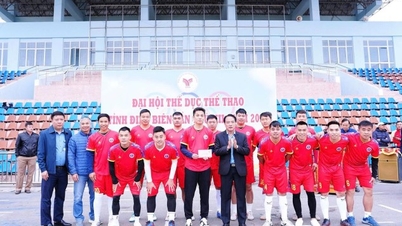
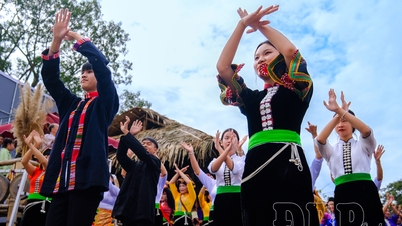





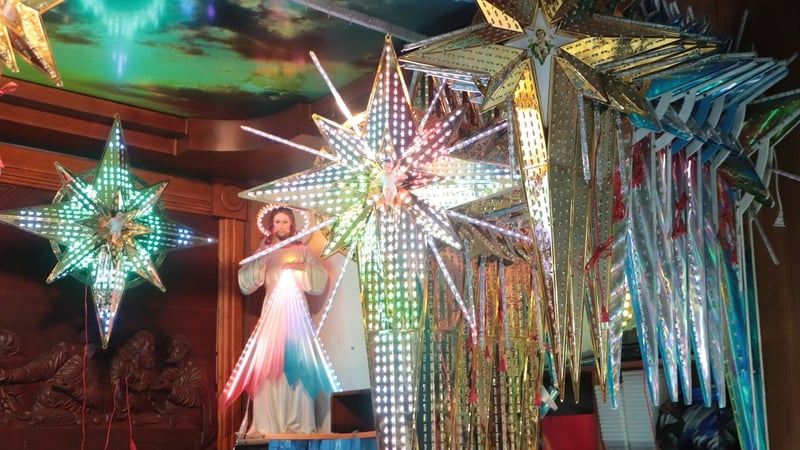
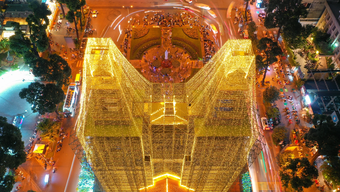

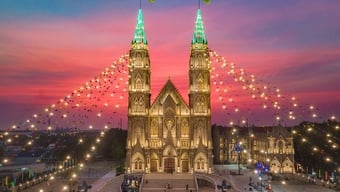

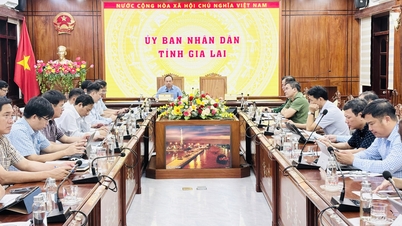








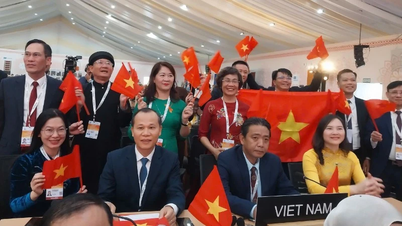

























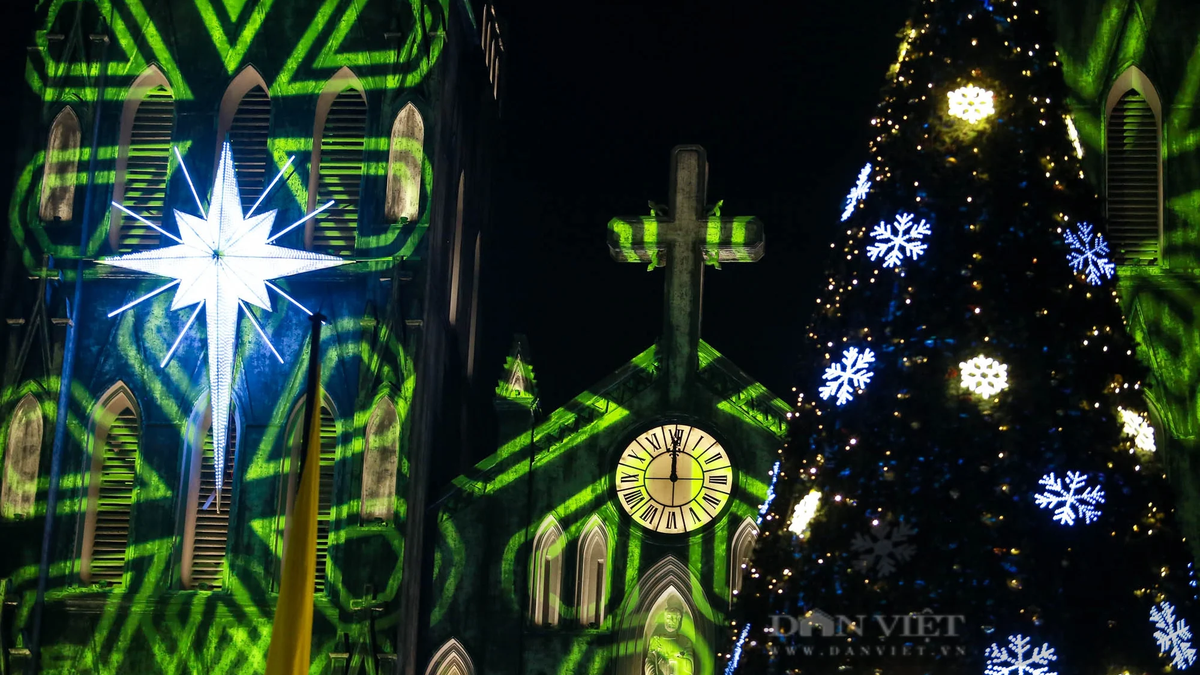




![[Photo] Prime Minister Pham Minh Chinh attends the Vietnam Economic Forum 2025](https://vphoto.vietnam.vn/thumb/402x226/vietnam/resource/IMAGE/2025/12/16/1765893035503_ndo_br_dsc-8043-jpg.webp)































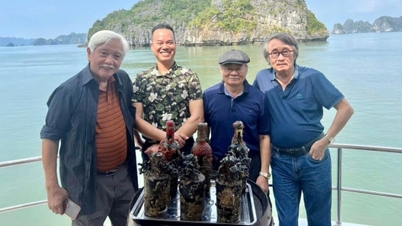





Comment (0)